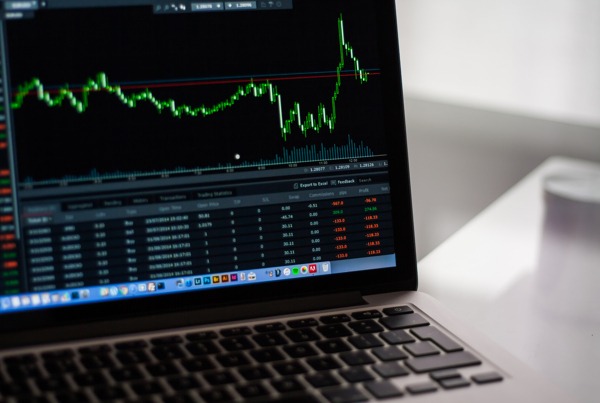
Market Context | Why Some Stocks Move Before Everyone Notices
Every market cycle produces a handful of stocks that move early, long before the crowd realizes what’s happening. These are the market movers — companies whose price action quietly signals the next major rotation of institutional money. The question is, how do you spot them before the headlines do? The answer lies in understanding the behavior of “smart money” — the funds, hedge managers, and algorithmic systems that dominate today’s liquidity-driven environment.
In 2025, institutional trading patterns have become more data-centric and momentum-sensitive than ever. While retail traders often chase price spikes, institutions build positions gradually, leaving subtle footprints in volume data, block trades, and ETF component flows. According to 👉👉MarketWatch, over 70% of equity volume now originates from algorithmic trading systems designed to detect early price inflection points — the exact signals that often precede breakouts.
Institutional Flow Signals | The Hidden Language of Big Money
The first key to spotting breakout stocks is tracking where institutional capital is flowing. Unlike news headlines, money flows tell the truth. Large inflows into specific sectors or ETFs often reveal the next performance leaders weeks in advance. For example, when significant capital moved into semiconductor ETFs earlier this year, NVIDIA and AMD began to outperform even before their earnings surprises hit the market.
Advanced traders use volume-by-price data, dark pool prints, and fund ownership changes to confirm accumulation patterns. A rising price on above-average volume — without major retail hype — often signals institutional buying. Similarly, relative strength versus sector peers provides a clear clue about where the strongest demand lies. As 👉👉Yahoo Finance highlights, institutional net inflows into AI-related equities have risen by 35% since mid-year, suggesting that smart money continues to favor innovation-led growth.
Technical and Sentiment Confluence | Timing the Breakout
While institutional flows reveal what is being bought, technical setups show when to act. Breakout stocks typically consolidate just below resistance levels, building energy before a surge. Watch for shrinking volatility, tight trading ranges, and higher lows — classic signs that supply is drying up. When such patterns align with positive fund flows and improving sentiment, the breakout probability skyrockets.
At the same time, investor psychology plays a powerful role. Smart money often buys when sentiment is skeptical, not euphoric. In fact, the strongest rallies tend to emerge when traders are still hesitant. That’s why tracking sentiment indicators — such as put/call ratios, Reddit mentions, or volatility spreads — can provide valuable timing cues. When the crowd doubts but the chart strengthens, that’s often your early entry signal.
Strategy and Risk Management | How to Think Like Smart Money
Spotting breakout candidates is only half the battle — managing risk is what separates professionals from amateurs. Smart investors build positions in stages, increasing exposure only after confirmation. They also rotate capital between themes instead of chasing whatever’s trending that week. Whether the sector is AI, renewable energy, or biotech, the principle is the same: identify the strongest setups, wait for confirmation, and ride the institutional wave.
Patience and objectivity are critical. Markets reward those who focus on evidence, not emotion. Breakout stocks often pull back before running higher — use those dips to your advantage rather than reacting to short-term volatility. As institutional investors say, “liquidity creates opportunity, volatility confirms it.”
By combining money flow data, technical structures, and sentiment analysis, investors can dramatically improve their timing and confidence in identifying breakout opportunities. The market may seem random to the untrained eye, but for those who understand the patterns of professional capital, the next winners rarely come as a surprise.
Formoreexcitingcontent,pleaseclickhere
Wanttodivedeeperintomarketinsights?Joinourinvestmentdiscussiongroup
